Notre Dame Faces Tough Challenge Without Bonzie Colson and His Expertise in Exceeding Expectations
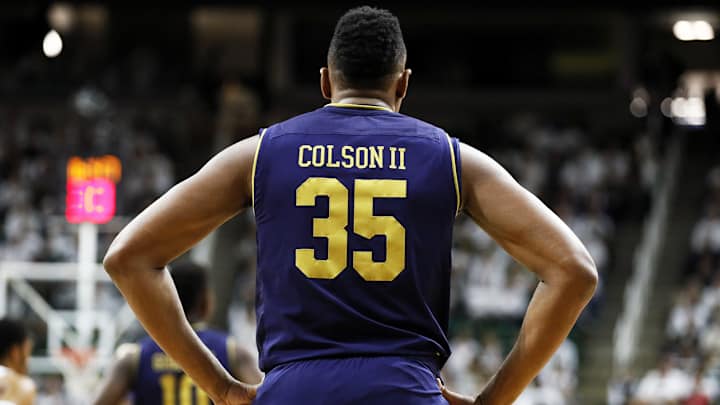
It was a question of his role. Melanie Mollo, the drama director at St. Andrew’s School in Barrington, R.I., was casting Guys and Dolls in the fall of 2012, Bonzie Colson’s junior year. The school's varsity basketball players—among the best in an elite New England prep league rife with Division I talent—had a long tradition of participating in Mollo’s musicals. It began a decade earlier when, Mollo believes, a star player joined her choir to pursue facetime with a crush. A decade later the theater and athletic departments at the 225-student boarding school were so intertwined that Mollo and the AD collaborated when drawing up schedules.
Colson made his theatrical debut as a freshman, playing a palace guard in a production of Aladdin starring teammate Michael Carter-Williams, a McDonald’s All-American who would be the 2014 NBA Rookie of the Year. Before then, Colson’s most public singing had come in his family’s kitchen. So self-conscious was he about his costume’s open vest baring his not-quite-developed 14-year-old torso that he begged her to do something about the outfit. That year all the palace guards sported cummerbunds.
Now, Colson—budding into a more-developed if still less-than-chiseled star on the court—decided it was time to step up on stage as well. He aspired to be one of the leads. Mollo harbored a soft spot for Colson, a humble quasher of hallway gossip who chastised classmates for cursing in her presence, and could imagine him as Benny Southstreet, a small-time gambler distinguished within his crew by his good-heartedness.
As Colson auditioned, any concern that he could handle a larger role evaporated. He strode across stage with the ease of a Runyon-esque mid-century gangster; he nailed a double-take at some fairer-sex passersby; he arched his eyebrow for comic effect. Thus this gangly-limbed thespian—on his way to being one of the best college basketball players in the country—came to be Benny Southstreet. And Bonzie Colson served one of his many reminders about the limitations of expectation.
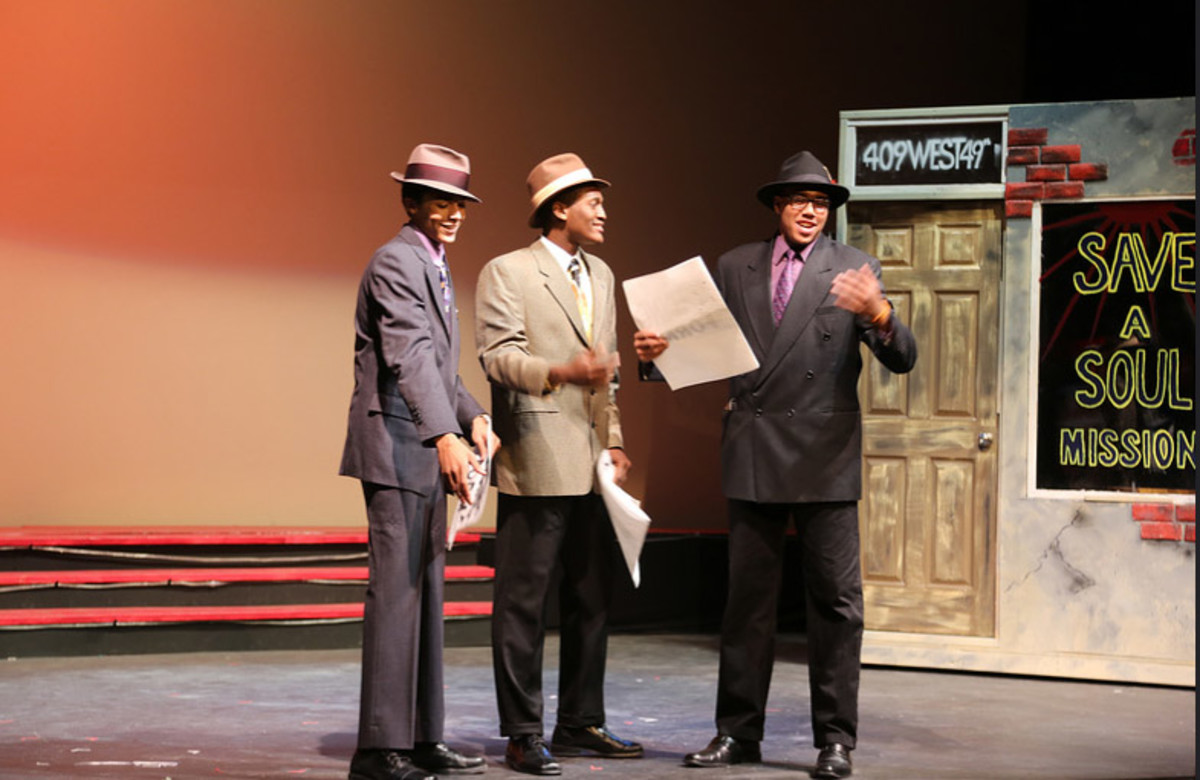
Until this week, when it was announced that a left foot fracture would shelve Colson until March, he had been center stage for 11-3 Notre Dame, whose offense over this decade has become one of the nation’s most dependable and entertaining productions. And while coach Mike Brey’s attack has usually been an ensemble affair, this season Colson had become its clear leading man. He was averaging 21.4 points while taking 31.9% of Notre Dame’s shots, the highest share of any player on Brey’s last eight teams, and doing so with remarkable efficiency: Only two power-conference players—Oklahoma wunderkind freshman point guard Trae Young and Marquette sharpshooter Markus Howard—had been accounting for as large a share of his team’s shots while having a higher offensive rating than Colson’s 114.4. He has also been the Fighting Irish’s leader in rebounds (10.4 per game), blocks (2.4), and steals (2.0).
All of which makes news of his broken foot, suffered in practice last Friday—and which Colson played through for 33 minutes in last Saturday’s win over Georgia Tech, but required surgery to fix—that much more devastating. Without its all-purpose star, a Notre Dame team whose bench plays the fifth-fewest minutes in the country will suddenly have to reinvent itself on the fly to avoid missing just its third NCAA tournament in the last 12 seasons.
"We are all feeling for Bonzie right now, who was performing as well as any player in the country,” Brey said in a statement released by the team. “We need to embrace this challenge. This program has lost key guys before and we figured out a way to earn an NCAA bid."
Any numbers-based appreciation of Colson as a key guy, of course, needs to include one over which he has no control: 6'6". Notre Dame lists him at that height—“I didn’t ask [for it],” Colson says sheepishly. “I might’ve grown”—which is a conspicuous inch taller than last season and an inch-and-a-half taller than he was measured at the Kevin Durant Skills Academy he attended before 12th grade. In ACC play, he would be giving up between two and five inches to every contender’s starting power forward.
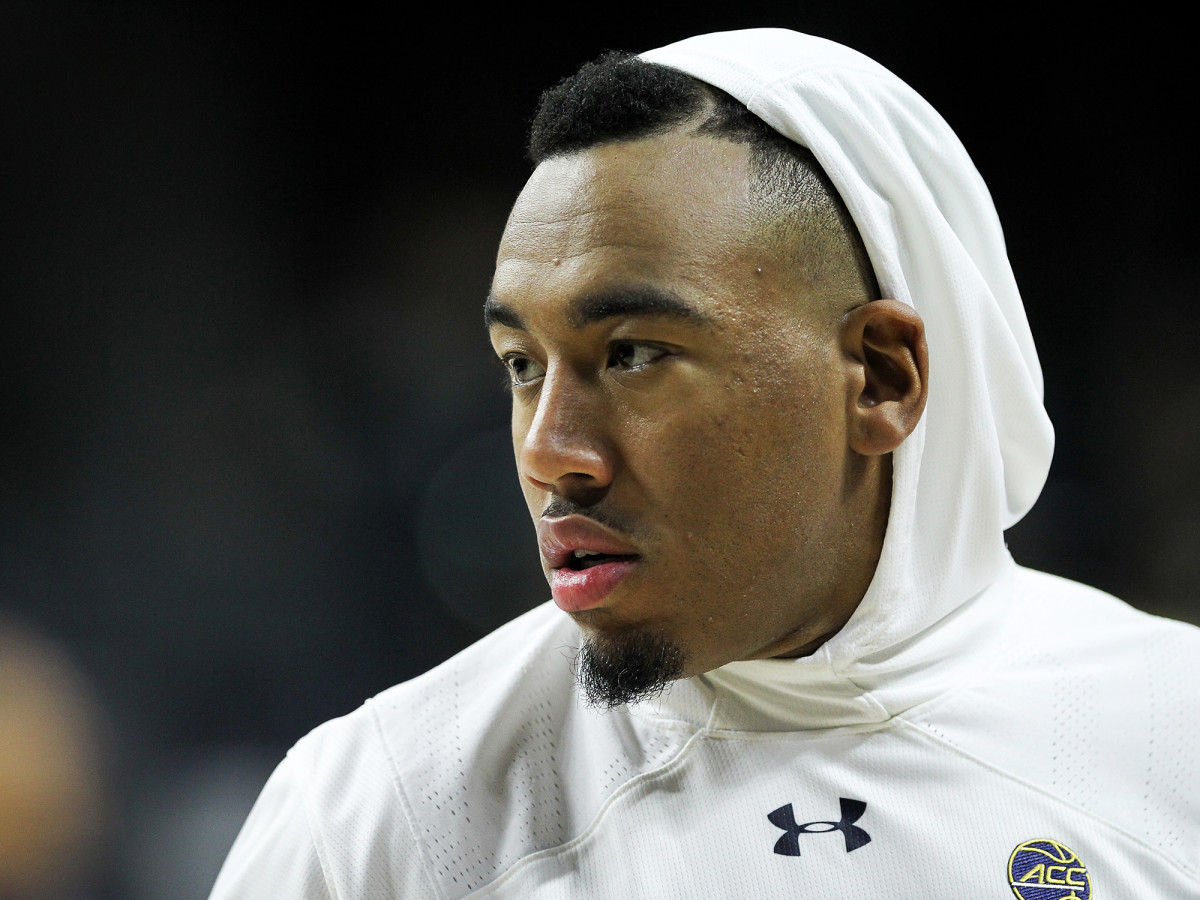
Colson has offset this deficit, in part, with his 7’2” wingspan. “He plays so much bigger than 6’5”,” says Brey, letting slip an outdated (and likely more accurate) measurement. “When he extends, it’s freakish, the angles he gets the shot off at.” By the end of last season Colson was playing nearly full-time at the five—as the second-shortest player in Notre Dame’s lineup. In a narrow ACC title-game loss to Duke, he finished with 29 points and nine boards on a sprained right ankle.
No one has come to appreciate Colson’s atypical build more than his coach. “He doesn’t have a neck, he doesn’t have any calves,” says Brey, painting a picture that resembles Despicable Me protagonist Felonius Gru. The result is an unusual assemblage—“When I first saw him play, it was so awkward,” says 6'1" senior point guard Matt Farrell—that generates unusual effectiveness: According to Synergy Sports, Colson’s efficiency on post-ups, his most common play type (22.4% of his possessions), ranks in the 96th percentile nationally. Patiently deploying of a crafty arsenal of turnarounds, fadeaways, and short hooks, Colson describes his mission as “just trying to make guarding [me] a living h-e-double-hockey-stick.”
“Sometimes he gets the ball to the basket,” says longtime Notre Dame broadcaster Jack Nolan, “and you’re not sure how it got there.”
Colson was only lightly recruited as a three-star prospect when Notre Dame began pursuing him, though he came from hoops bloodlines. His father, also named Bonzie (by an aunt, in return for his mother naming her nephew Theophilus) was a 6’9” defensive anchor and inside enforcer at Rhode Island in the late 1980s. As a junior, in ’88, he keyed an upset of Syracuse to reach the Sweet 16. That came a few weeks after he riled West Virginia fans at the Atlantic 10 tournament and left the floor victorious under what the Philadelphia Inquirer described as “a brief shower of ice, coins and crushed paper cups.”
The elder Bonzie exited his playing career more quietly after blowing out his knee in a French pro league. He settled into a coaching career, climbing the ladder on high school and college staffs, and when his son was born, in 1996, Bonzie II became a courtside fixture. At four he was entertaining himself on a lowered rim at George Washington when Red Auerbach, an alumnus who frequented his alma mater’s practices, told Bonzie I that his boy would grow up to be a great player. Not long after the original Bonzie took a job on Al Skinner’s staff at Boston College, in 2001, Little Bonz became a frequent one-on-one challenger to Eagles stars like Jared Dudley and Troy Bell. “I wasn’t scared of nobody,” Little Bonz says now. “If I made a shot over them I felt like I was the biggest man on campus.”
Big Bonz coached Little Bonz as much as his job allowed, teaching him the basics: Chin the ball, shoot with confidence, put your elbow in a guy’s chest to see what happens. But he also prepared him to operate outside the low-block scrum, to handle the ball and hit jumpers. “Once I knew I’d have a son, [I thought], If he wants to play, I need to make sure he has the skill set that I didn’t have,” the elder Colson says.
At St. Andrew’s, Bonzie II was nearly miscast. The Saints’ coach, Mike Hart, has long favored a four-out, floor-spreading approach, and he flirted with using Colson in a more perimeter-minded capacity. Colson would have none of it. “He was so happy battling,” says Hart. He left Colson to duke it out in the paint. “I knew my role,” Colson says. “I wanted to stay in character.”
Brey calls it “junkyard doggin’ it,” the way Colson would bear down on the ball like it’s a scrap of red meat, deflecting passes and scavenging for rebounds, and it was in this mode that Colson made his first impression on his future coach. In early 2013, Martin Ingelsby, then one of Brey’s assistants, had been tipped off by a friend at a scouting service about a forward who might be of interest. In the scouting report Ingelsby found buzzwords often attached to Notre Dame’s type: skilled, versatile, high IQ. On a spring recruiting trip to a Nike EYBL event in California, Ingelsby urged Brey to check the kid out.
That day Brey had planned to focus on a few of their so-called “A-list” prospects who were playing on a central court. But during deadballs he eyed the far court, where every time he looked the skinny-legged kid shorter than he’d expected was making some kind of play. Over dinner that night, as Brey and his staff compared notes, the conversation turned to Colson. “I don’t know what position he plays,” Brey said. “He’s just around the ball all the time. I tell you what, we’ve gotta put him on our A-list too.”
When the EYBL circuit’s Player Efficiency Ratings were posted that summer, atop the list, ahead of every five-star prospect and future NBA lottery picks Justise Winslow and D’Angelo Russell, was Colson. He was by then Rhode Island’s reigning and future Gatorade Player of the Year, the biggest baller from the smallest state, but the disconnect between his game and his frame—not only shorter than most fours’, but in Hart’s words, “a roly-poly type” of build—earned him modest grades from recruiting services.
“He wasn’t a five-star kid,” says Ingelsby, now the coach at Delaware. “But he kicked a lot of five-star kids’ asses.”
In his own time as a recruiter, Colson’s father—who had been out of college coaching since Boston College fired Skinner in 2010—had seen the same situation play out. While at GW he scouted a 6'3" tweener named Chris Monroe, who was lighting up an AAU tournament, at one point posterizing an opponent who had committed to a high major. Afterward, a coach from that school confided in Colson that he could never offer Monroe a scholarship because he didn’t know what position he would play. “His position is player,” Colson told him. To this day Monroe remains GW’s all-time leading scorer.
When it came to evaluating Bonzie II, even the elder Colson’s coaching buddies were similarly unsure. “O.K., they don’t see it,” he told himself, “but some guys do.”
One of them was Brey who, as anyone who saw his where’s-the-buffet garb at this season’s Maui Invitational can attest, is comfortable with unconventional looks. Colson reminded Brey of Luke Harangody, a 6'7", three-star power forward with a similar nose for the ball who blossomed into the Big East Player of the Year as a senior, in 2008. Brey showed Colson a film compilation of Harangody and 6'5" forward Pat Connaughton, now earning steady minutes as a guard for the Trail Blazers, in an effort to win him over. “We have a track record with guys like you,” Brey told him. When word spread that Notre Dame had offered Colson a scholarship, skeptical coaches from other programs called Brey’s assistants to confirm the news.
Colson spent the first half of his freshman season practicing with the second unit, regularly “statting out” when the staff charted each session’s efficiency markers. But it wasn’t until a mid-January trip to Georgia Tech, with starting center Zach Auguste unavailable for academic reasons, that Colson saw his first extended floor time. In 22 minutes he scored 10 points and shook off one elbow-bloodied nose; Brey later joked that he might deserve to be fired for stashing Colson in reserve for so long. He became a rotation regular during the Irish’s subsequent run to the 2015 Elite Eight, and the following January, after he scored 31 points on 19 shots in an upset at Duke, Brey dubbed him his “secret weapon.”
No longer secret, Colson had spent this season as a regular on every national player of the year shortlist, regularly drawing opponents’ focus and double teams. Before this season assistant coach Ryan Humphrey gave Colson a poster of himself with a target superimposed on his chest as a reminder of the attention he would be drawing. Over the past two seasons Colson’s game has come to incorporate more outside elements, including 38.5% three-point shooting—“If you would’ve told me early in his freshman year that he would become a stretch-four,” says Brey, “I would’ve fallen off my chair”—which has given Brey more flexibility but also reason to remind Colson not to lose the junkyard dog mentality. Don’t forget to be that dirty dude in the lane, Brey urges him, the one that made you who you are.
With Colson sidelined, more will need to be shouldered by Farrell, Colson’s roommate since freshman year who had grown into a costarring role. Though the pair initially knew next to nothing about each other, their parallels offered easy common ground. Both are sons of coaches (Farrell’s father, Bob, is an assistant at St. Benedict’s Prep in Newark) who were slighted by recruiting analysts (ESPN gave Farrell a two-star grade). Colson discovered Farrell too “plays every game like it’s his last,” which, in Colson-ese, is high praise.
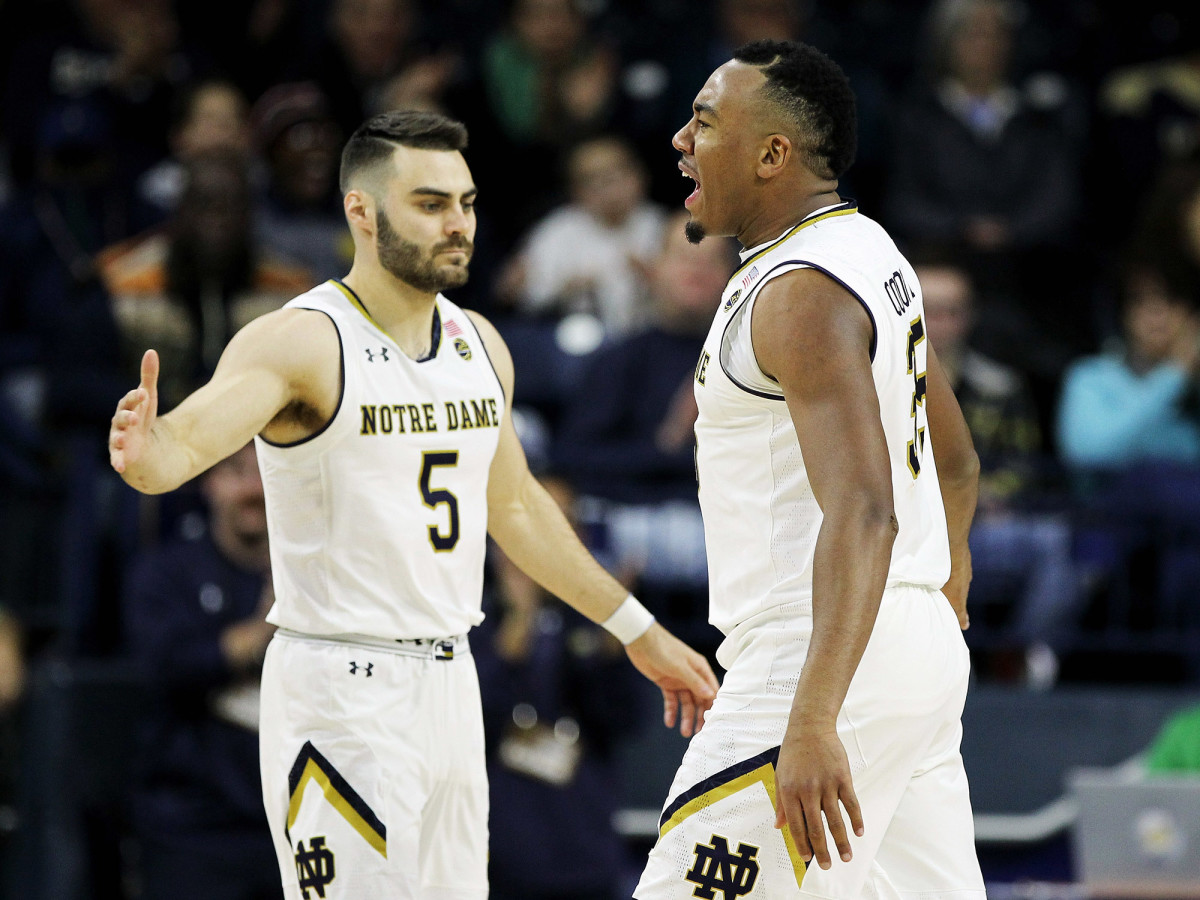
Farrell has likewise set about defying presumptions. He emerged as a sophomore starter during the Irish’s 2016 Elite Eight charge and now runs the point (5.1 assists per game) and scores (16.4 points per game, 40.4% from deep) at an All-ACC level himself. Farrell is also a Marvel Universe fanatic—he and Colson’s apartment is adorned with a figurine of Rocket Raccoon, and Farrell lounges in Marvel-character pajama bottoms—and may now, minus Colson, need to play superhero himself, once he returns from his own ankle injury suffered last Wednesday. Notre Dame won both its games last week while shorthanded thanks in large part to sophomore guard TJ Gibbs, a 44.4% three-point shooter who has averaged 20.0 points over the last two games, and junior wing Rex Pflueger, whose recent return to form after an early-season shooting slump could prove as well-timed as his game-winner Saturday at Syracuse.
Whether Colson rejoins them in the lineup once his foot heals, as it is expected to do by early March, is no guarantee. "Going to be really safe with it," Brey told CBS Sports last week. "I'm now more concerned for him to be healthy for his NBA auditions."
"Getting ready for my future is the most important thing,” says Colson, who is already out of his cast and will soon be in a walking boot. “That’s something my family and Coach Brey and everybody at Notre Dame wants me to focus on. But if I’m ready before that, I would love to play with a Notre Dame jersey on with my brothers.”
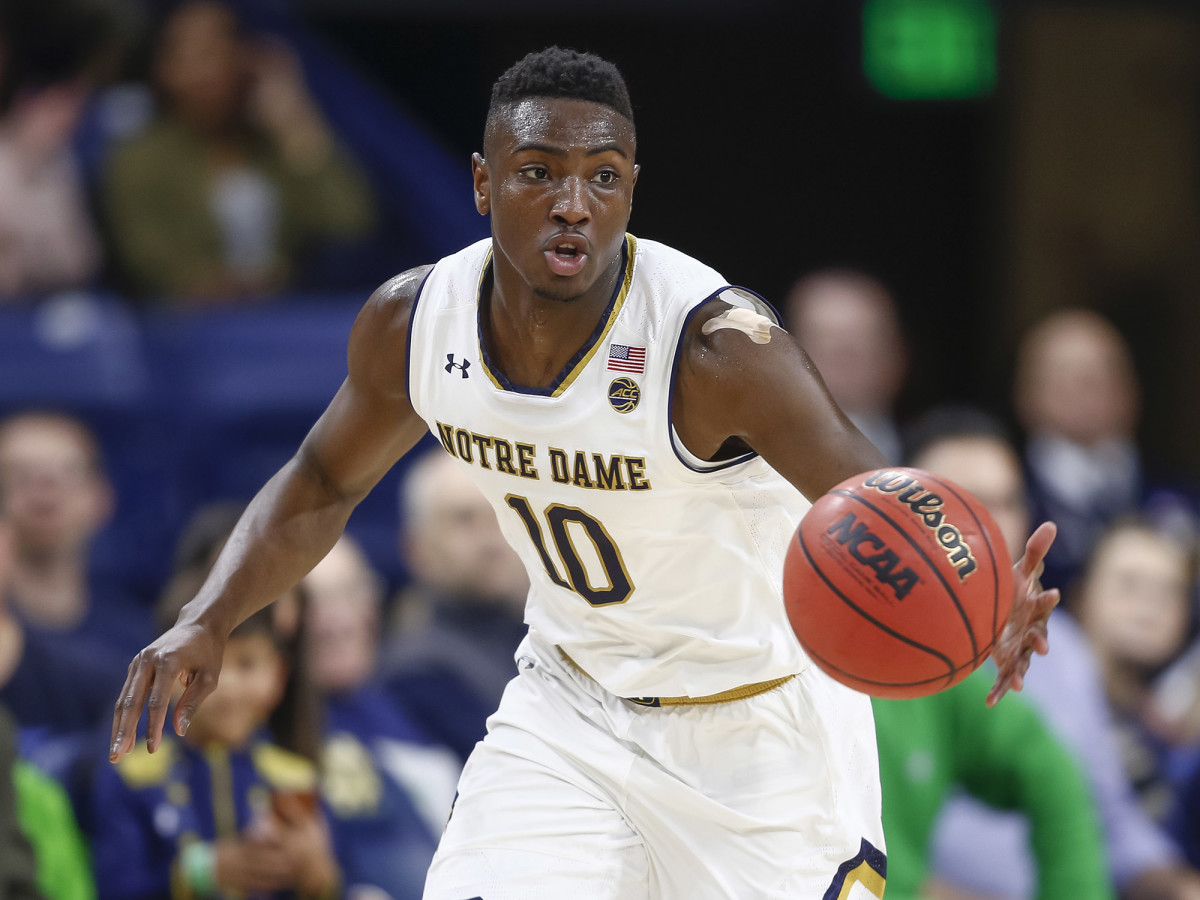
Those tryouts will be pivotal for Colson’s pro prospects, opinions of which have ranged, thanks yet again to how his body of work contrasts with his body, from the fringes of the first round to unlikely to be drafted. “We’re gonna hear the same old stuff,” Brey had told SI last month. “Don’t bet against the dude.”
On this subject Brey brings up Adrian Dantley, another D.C.-born 6'5" Notre Dame forward who went on to a Hall of Fame career with the Jazz and Pistons in the 1980s. Humphrey, a 6'8" former Irish forward who was drafted with the No. 19 pick in 2002, counsels Colson by citing his own career, during which he struggled while overemphasizing his outside game. “I tell him all the time: Don’t change who you are,” Humphrey says. “Keep playing the way you’ve played and you’ll end up in the right situation.”
One of Colson’s biggest believers has been keeping tabs on him far from the hoops industry, on an island just north of the Florida Everglades. Mollo, Colson’s Guys and Dolls director, retired from teaching shortly after Colson graduated from St. Andrew’s. She has relocated to Marco Island, the latest stop in a career that included stints singing opera from Houston to Italy. Her final fall musical with Colson was Grease, in which he played wisecracking T-Bird Sonny, and though finding a leather jacket to accommodate Colson’s wingspan proved a challenge, the production “was one of those once-in-a-lifetime shows,” Mollo recalls. “It blew everybody’s mind.”
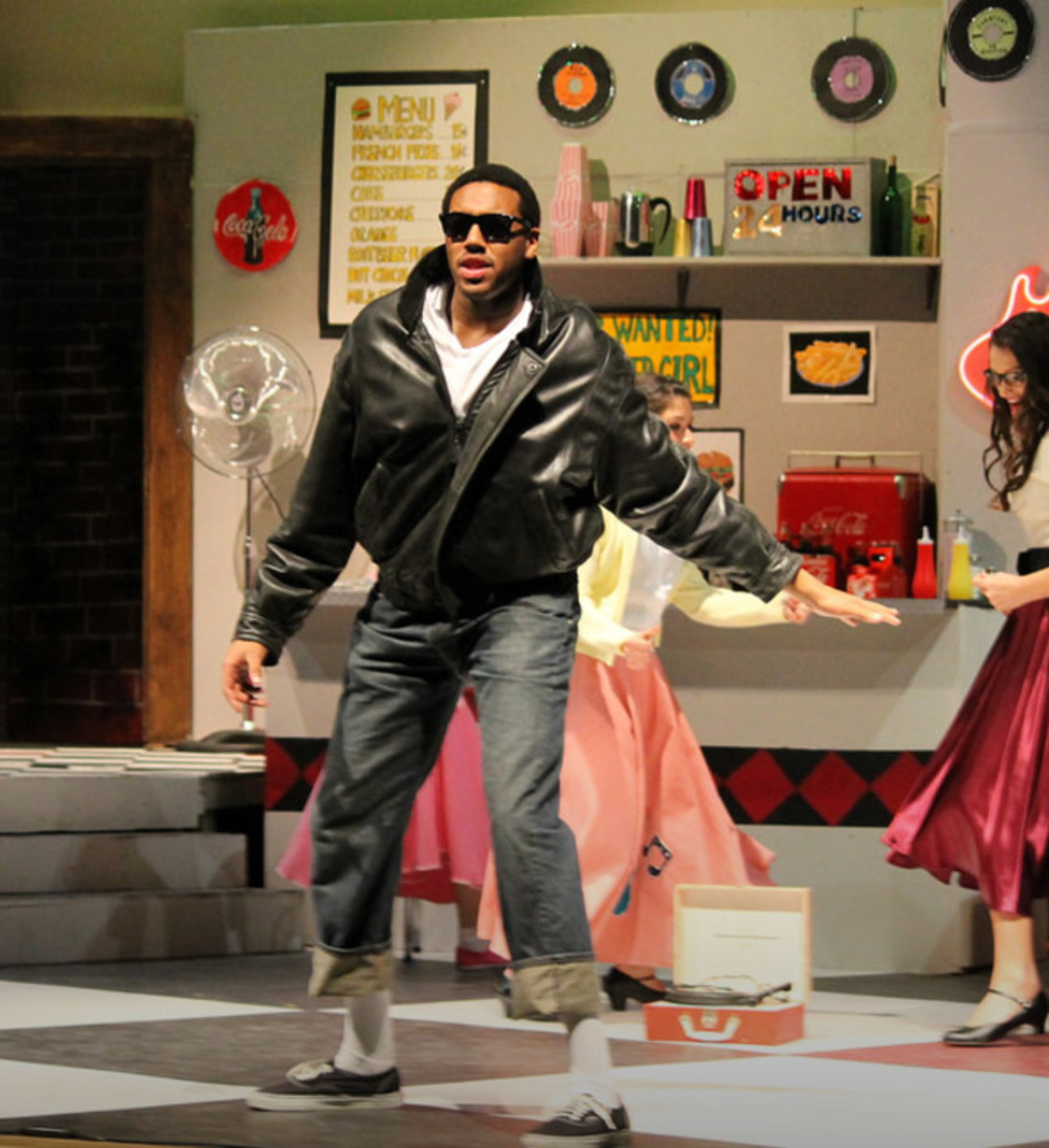
She and Colson still text occasionally, and Mollo watches the Irish whenever she can. And while she’s no hoops aficionado, her time at St. Andrew’s meant Mollo could not help but become an observer of the game. The level at which her Benny Southstreet is excelling only confirms what she saw in him long ago. “I would have been surprised if he wasn’t a star,” Mollo says. She has known for a while that Colson fit the part.
